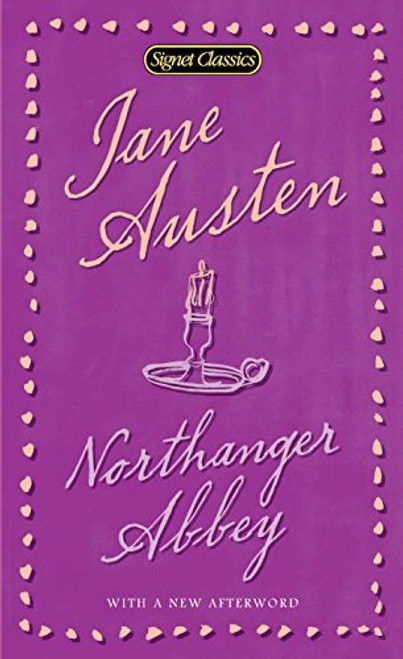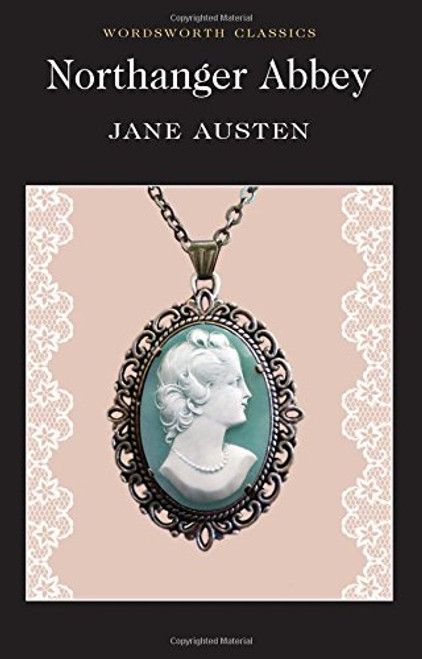Product Overview
- New introductions commissioned from today's top writers and scholars
- Biographies of the authors
- Chronologies of contemporary historical, biographical, and cultural events
- Footnotes and endnotes
- Selective discussions of imitations, parodies, poems, books, plays, paintings, operas, statuary, and films inspired by the work
- Comments by other famous authors
- Study questions to challenge the reader's viewpoints and expectations
- Bibliographies for further reading
- Indices & Glossaries, when appropriate
A wonderfully entertaining coming-of-age story, Northanger Abbey is often referred to as Jane Austens Gothic parody. Decrepit castles, locked rooms, mysterious chests, cryptic notes, and tyrannical fathers give the story an uncanny air, but one with a decidedly satirical twist.
The storys unlikely heroine is Catherine Morland, a remarkably innocent seventeen-year-old woman from a country parsonage. While spending a few weeks in Bath with a family friend, Catherine meets and falls in love with Henry Tilney, who invites her to visit his family estate, Northanger Abbey. Once there, Catherine, a great reader of Gothic thrillers, lets the shadowy atmosphere of the old mansion fill her mind with terrible suspicions. What is the mystery surrounding the death of Henrys mother? Is the family concealing a terrible secret within the elegant rooms of the Abbey? Can she trust Henry, or is he part of an evil conspiracy? Catherine finds dreadful portents in the most prosaic events, until Henry persuades her to see the peril in confusing life with art.
Executed with high-spirited gusto, Northanger Abbey is the most lighthearted of Jane Austens novels, yet at its core this delightful novel is a serious, unsentimental commentary on love and marriage.
Alfred Mac Adam teaches literature at Barnard CollegeColumbia University. He is a translator and art critic.






![Northanger Abbey (Classic Books on CD Collection) [UNABRIDGED] Northanger Abbey (Classic Books on CD Collection) [UNABRIDGED]](https://cdn11.bigcommerce.com/s-g9mehhprbl/images/stencil/500x659/products/405742/774467/41gpCYAnLUL__60404.1699913248.jpg?c=1)


